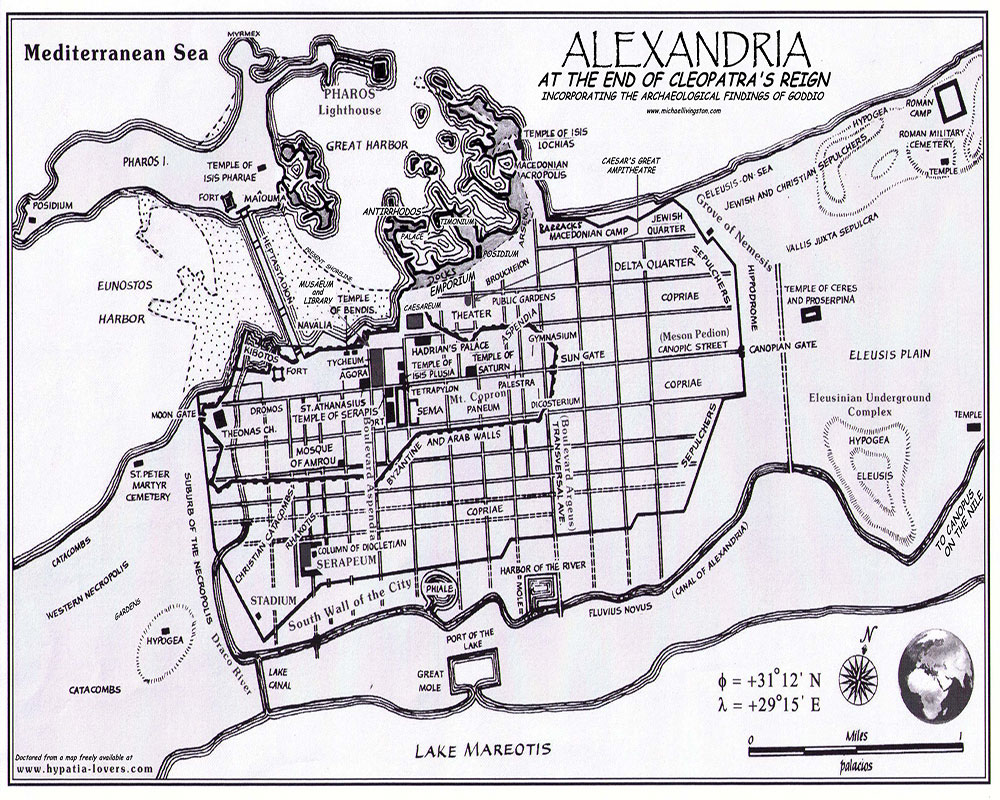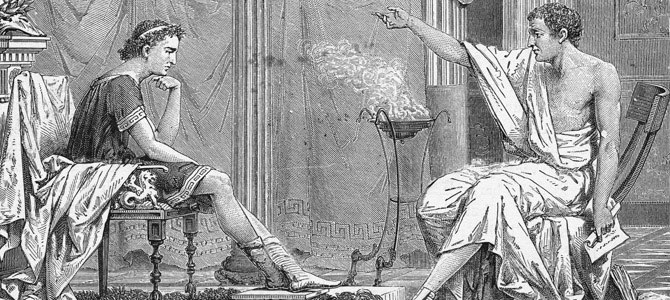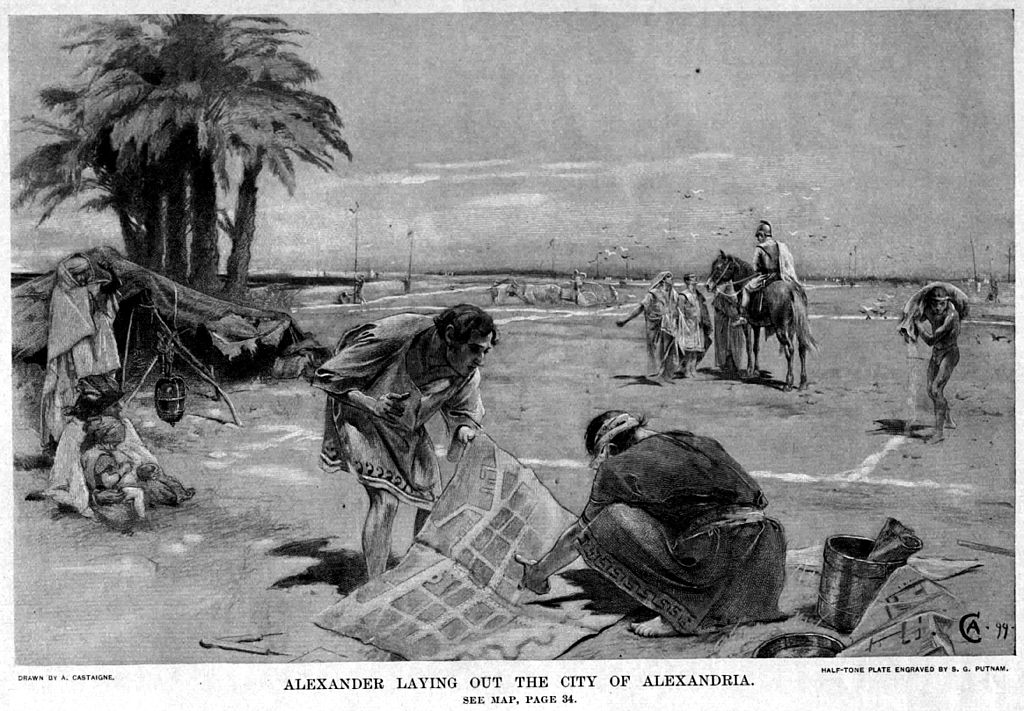Historical Eras

Alexander the Great and the Foundation of Alexandria

The bond between Egypt and the Hellenic Empire dates from centuries before Alexander the Great. Greek merchants and brokers were located in a village called "Kom Ge’eif" in the Governorate of Beheira and Egyptians were particularly close to the Greek community in Egypt during the entire time of the Persian occupation of the Nile Valley.
When Macedonia unified the Hellenic Empire into a mighty army, Philippe decided to attack the Persian Empire, but he died short of fulfilling his goal, which became the task of his successor; his son Alexander the Great, to undertake.
- The crushing victory of Alexander the Great over the Persians in Asia gave him control over the Eastern shores of the Mediterranean Sea. As Alexander took control of all ports and harbors of the Eastern Mediterranean, he reached the location of Alexandria in the autumn of 332 B.C. On entering Alexandria, the Persian ruler of the city surrendered without resistance and Alexander entered the city in triumph.
- Travelling further south, he reached the City of Menf where he was given a warm welcome by the poor farmers who were euphoric at the ousting of the evil Persians. Alexander was ceremoniously crowned in a Pharaonical ceremony as the Son of Amon and ordered the construction of the seaside city of Alexandria, which was to bear his name forever.

Birth of the Concept.
As Alexander the Great rides along the Mediterranean Coast, a plot of land between the Mediterranean Sea and Lake Mariout catches his attention. With its unique features and intrinsic peculiarity, the spot was ideal for founding a great city of the most modern style back then. It had easy access to fresh water from the River Nile via the Canopic Branch, and was hardly a mile away from a small island strategically placed right on the opposite side allowing for the possibility of connecting them both, and creating a formidable natural frontline for the city. To the south was Lake Mariout; another natural border, which further fortified the city defenses. Alexander was firmly persuaded of the importance of building a city bearing his name to immortalize his memory for good and become a port for international trading in the entire region. At the outskirts of the area to the west was the Racotis Village, which was populated with fishermen.
Faithfully conceived by Alexander the Great, the idea was conveyed to Denocrates, the Greek architect, who was appointed by Alexander the Great to the task of planning the new city.
The name of Denocrates remains closely associated with the history of Alexandria since he started planning the city's layout in 331 B.C. The genius of this architect became evident as he blueprinted plans for roads, squares and districts of the city. Denocrates was born in the island of Rhodes in the Mediterranean Sea. He had been a close advisor of Alexander the Great, and accompanied him on his expeditions to scout the area, which started from the town of Canopic Abou Kir to Racoda village and the Island of Pharos, to decide on the most suitable spot to build the great city of Alexandria.

Planning the city
Denocrates chose to use the hippo-dame theme for the city which consisted of two main roads intersecting at right angles, while other side streets were planned to be parallel to these perpendicular axes. Such a cityscape was widespread across Greek cities in the fifth Century B.C. Denocrates also thought of building a bridge linking the mainland with the island, later on called "Pharos", at a height of 1300 meters.
As this bridge was erected, the port was split into two parts: the main port – known as the Grand Port – on the Eastern side and the Lesser Port – known as Port Al Awd Al Hamid – on the Western side.
_-_TIMEA.jpg)
City Quarters
Alexandria was divided into five quarters, bearing the first five letters of the Greek Alphabet. Quarters included the Royal Quarter (Brucheum), the Jewish Quarter (with the Great Theater extending across the center of town from East to West, a district known as Canopus Street (currently known as Fouad Street), bordered by Canopus Gate to the East, Sedra Gate to the West and the long street stretching North to South intersecting with Nabi Daniel Street, bordered to the North by the Moon Gate and to the South by the Sun Gate.
.jpg)
Though Alexander the Great laid out his vision of the city in 332 B.C., he continued his journeys eastward of Egypt and was never to see this city immortalizing his name for posterity. Across times, Alexandria has played a major role in Egyptian History and the Civilized World extending beyond the Ptolemaic Era – heirs to Alexander the Great’s rule in Egypt – to well beyond 30 B.C

